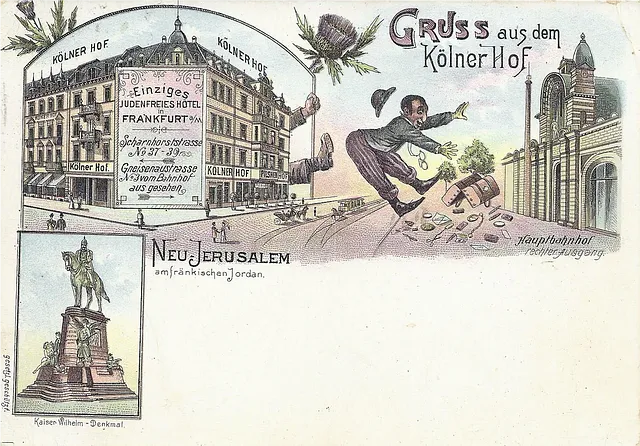
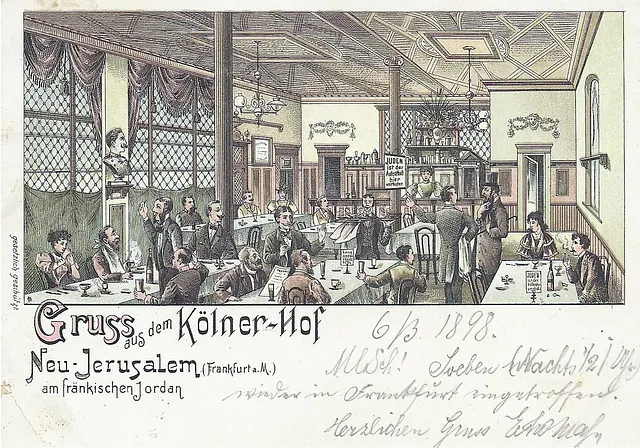
These two postcards, both in my collection, are from a hotel called the Kölner Hof, in Frankfurt, Germany. They’re dated in the late 1800s, a period when Jewish people were moving into Frankfurt in large numbers, and the Kölner Hof’s owner was not a fan. Even if you can’t read German, you can tell from the Jewish caricatures on both cards — the men with the long, hooked noses being kicked out of (top) and asked to leave (bottom) the hotel—that the Kölner Hof didn’t welcome Jewish guests.
If you can read German, you see that the postcards refer to Frankfurt as “New Jerusalem” and “Jerusalem on the Rhine,” and that they advertise the hotel as “The only Jew-Free hotel in Frankfurt.” The Kölner Hof hotel published many anti-Jewish advertisements, poster stamps and other marketing materials to the open arms of German society even in the 1930’s. These items can also be found in my collection.
That these anti-Jewish postcards came from Germany in the late 1800s shouldn’t be a surprise. It doesn’t make them easy to look at, but it’s not exactly unexpected.
Discrimination Against Jewish Travelers in the United States
What might come as a surprise, however, is just how many hotels and resorts in the United States shared the same anti-Jewish sentiment, in the late 1800s and all the way up to the 1970s.
(In fact, as we’ve discussed anti-Jewish sentiment was never just in Germany.)
We all know about anti-Black hotels, and we all know about the Green Book—the travel companion for Black tourists, highlighting where they can safely visit and stay. But it’s a lesser known fact that this discrimination extended to Jewish people, as well, and that Jewish travelers had their own “Green Book”—The Jewish Vacation Guide: Hotels, Boarding and Rooming Houses Where Jews Are Welcome, published by the Federation of Jewish Farmers of America circa 1915.
The other places—those that weren’t so welcoming to Jewish visitors—indicated their discriminatory practices with language like the following:
Restricted Clientele
Select Clientele
Selected Clientele
Christian Clientele
Positively No Jews
No Hebrews
Discriminating Clientele
Discriminating Public
and more…
And, just like the Kölner Hof, they plastered their anti-Jewish feelings all over their postcards, brochures, and other marketing materials.
I give a lengthy presentation to stamp, postcard, and history clubs across the country on anti-Jewish postcards from American hotels and resorts. You can see the full recording here:
But to give you a preview before you invest an hour+ in the video, here are a few highlights—all from the Philipson Collection—of anti-Jewish hotels and resorts in the United States.
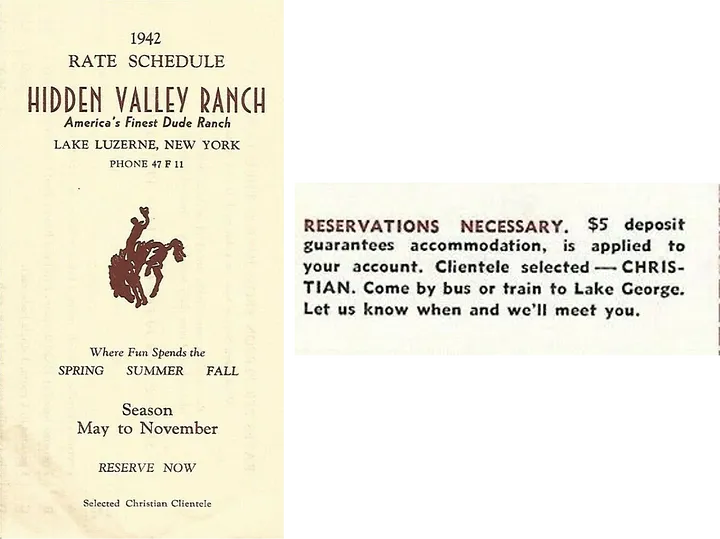

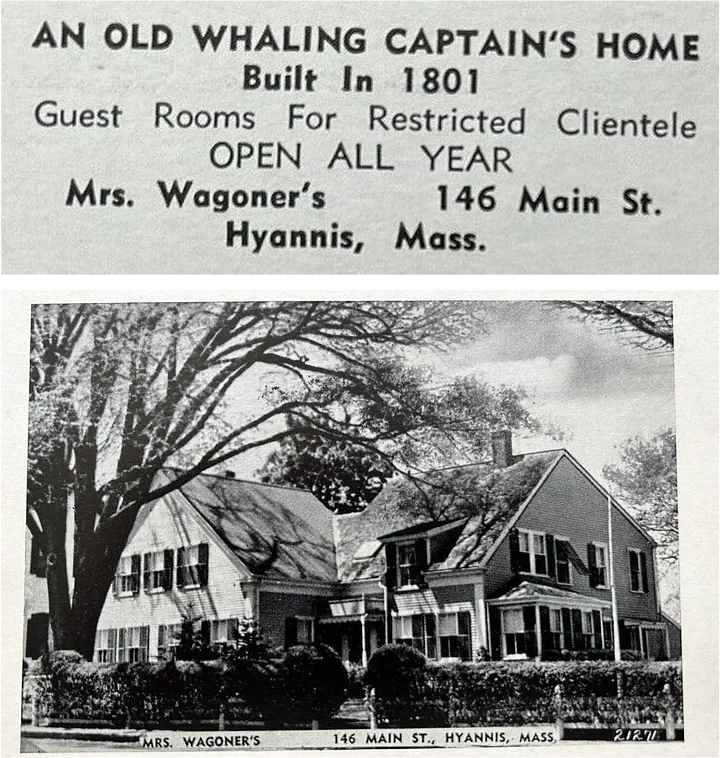
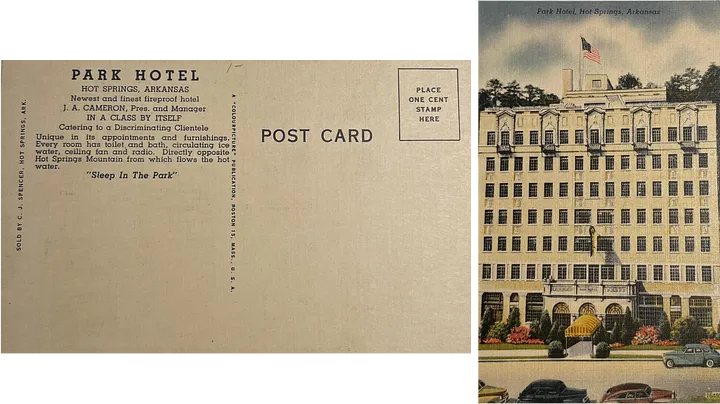
.webp)


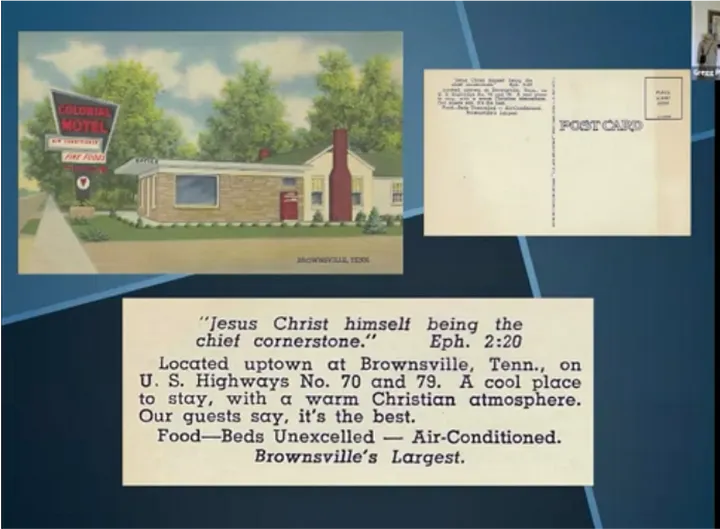
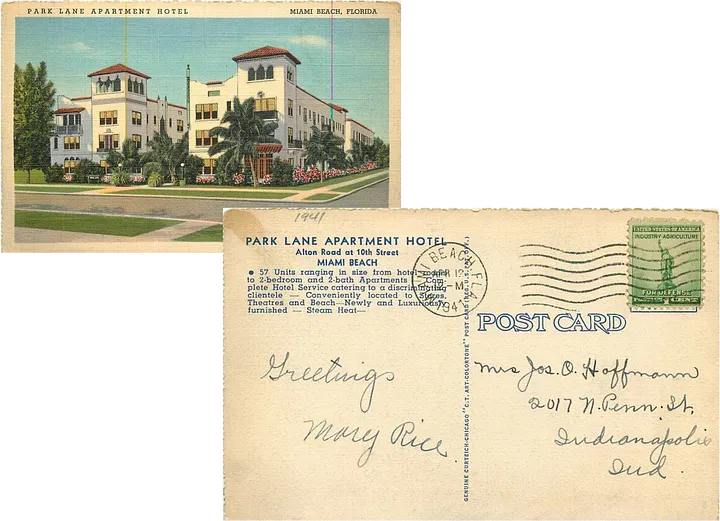

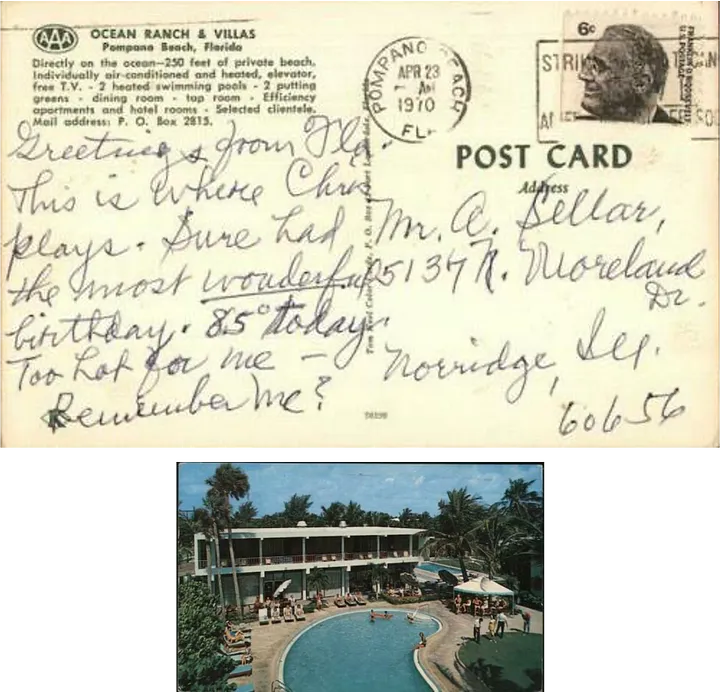

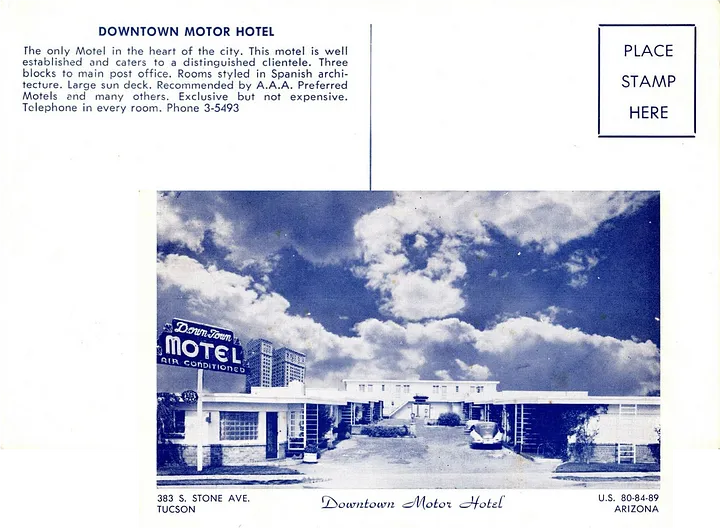
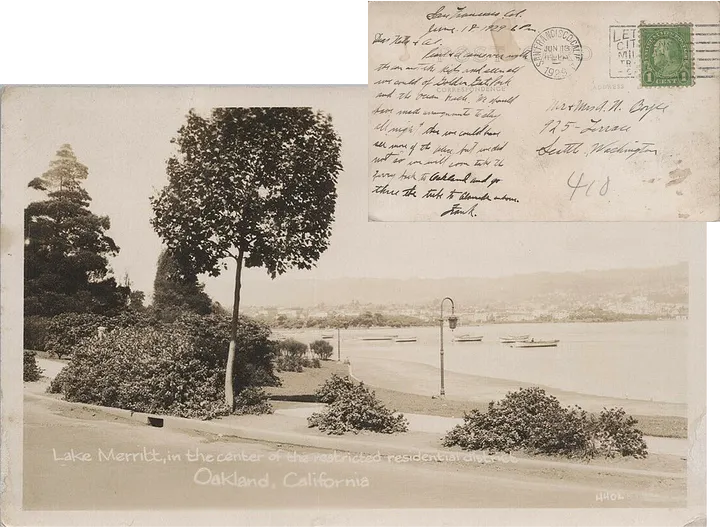
Why do I collect these postcards?
Why do I collect these? Why do I share them? Because they represent a piece of history that we find all too convenient to forget. Hatred of Jewish people—of any minority—isn’t just something that used to happen or happens somewhere else. It’s pervasive, and it’s ongoing. And because we think—or we tell ourselves—that it’s all over, that we snuffed it all out, we get complacent. We allow those embers to grow. As a result, today in the United States and across the world, we’re seeing anti-Jewish sentiments at a level that I don’t think we’ve seen since the 1940's in Europe.
By sharing these postcards—and te rest of the Phiipson Warech Collection—I hope to show readers that our history is inextricably tied to our present, in ways that are just as crucial as they are unpleasant to explore.
